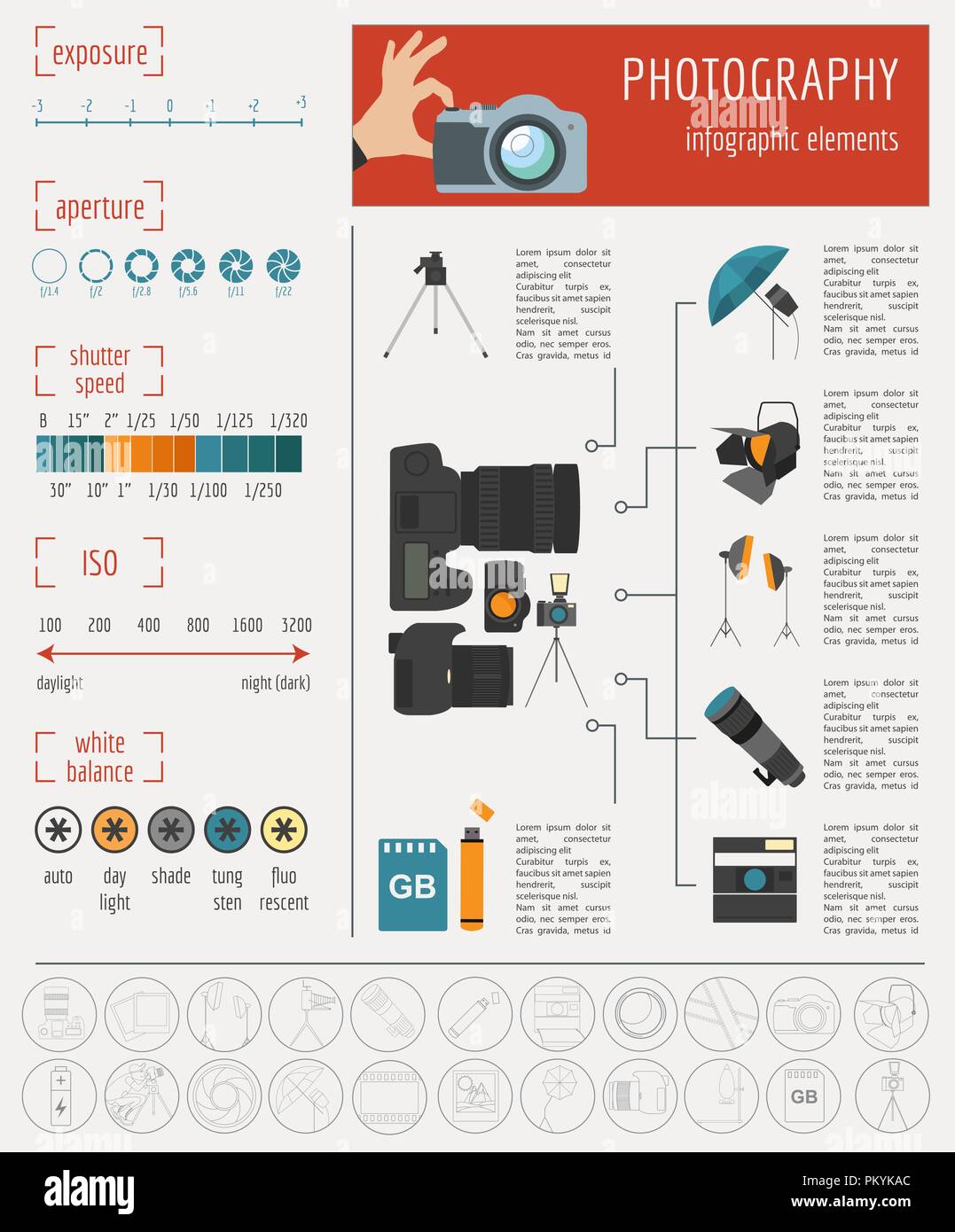Join Us To Uncover Necessary Photography Tips That Will Certainly Unlock Your Camera'S Possibility-- Prepare To Capture Sensational Pictures In No Time At All!
Join Us To Uncover Necessary Photography Tips That Will Certainly Unlock Your Camera'S Possibility-- Prepare To Capture Sensational Pictures In No Time At All!
Blog Article
Developed By-Whitley Bryant
When you initially get your electronic camera, it can feel overwhelming with all the settings and alternatives available. mouse click the next site might find yourself asking yourself just how to navigate aperture, shutter speed, and ISO successfully. Understanding these fundamentals is critical, yet there's even more to digital photography than simply technical knowledge. Understanding structure techniques and lighting conditions can boost your images considerably. So, what if you could discover easy techniques to enhance your abilities and begin recording outstanding pictures earlier than you believe? Allow's explore exactly how to change your digital photography journey.
Comprehending Camera Setups
Understanding your electronic camera setups is crucial for capturing stunning pictures. When you get your electronic camera, familiarize on your own with the 3 primary setups: aperture, shutter speed, and ISO. Each plays an important role in how your images turn out.
Beginning with aperture, which manages the amount of light going into the lens. A bigger aperture (reduced f-number) allows a lot more light and produces a stunning background blur, excellent for pictures. Conversely, https://zenwriting.net/morrisgerardo/essential-digital-photography-gear-what-you-really-need-to-begin (higher f-number) keeps more of the scene in emphasis, perfect for landscapes.
Next off, focus on shutter speed. This setup determines for how long your camera's sensing unit is revealed to light. A fast shutter rate freezes movement, which is excellent for activity shots, while a slow-moving shutter speed can create magnificent results like smooth water in landscapes.
Lastly, adjust your ISO. This setup influences your electronic camera's level of sensitivity to light. A higher ISO works in low-light circumstances but can present noise or grain. Aim for the most affordable ISO feasible while still accomplishing proper direct exposure.
Composition Techniques
When you're out shooting, make-up can make all the difference in exactly how your pictures reverberate with audiences. Begin by using the policy of thirds; picture your framework split into nine equivalent areas with 2 straight and 2 vertical lines. Placement crucial elements along these lines or at their intersections to develop balance and passion.
Next off, think about leading lines. These natural lines in your scene, like roads or rivers, draw the visitor's eye into the picture, leading them through the tale you're telling.
Don't forget about framing; use components within your scene, like trees or windows, to develop a structure around your topic, adding deepness and emphasis.
Additionally, keep an eye on your history. A chaotic history can distract from your primary topic, while a straightforward one assists it stand out.
Lastly, explore balance and patterns; they can create a striking photo that captures interest.
Learning Illumination Issues
Understanding illumination problems is critical for catching spectacular photographs, as the right light can change an ordinary scene into something amazing.
Begin by observing all-natural light at various times of the day. Mornings and late afternoons use the very best light, known as the golden hour. The soft, cozy tones during these times can boost your photos perfectly.
Don't avoid cloudy days either; diffused light can lessen severe shadows and produce a pleasing impact, especially for portraits.
Experiment with backlighting by positioning your subject against the light. This strategy can develop a wonderful halo impact and include depth to your pictures.
Take note of your video camera setups too. Readjust the ISO, aperture, and shutter speed to fit the lighting problems. A greater ISO can assist in low light, however be cautious of grain.
Use a tripod in darker atmospheres to prevent blur.
Last but not least, do not fail to remember artificial lights. Flash and constant lights can be great tools for controlling light in difficult conditions.
Final thought
In conclusion, understanding your cam doesn't need to be frustrating. By understanding your settings, using structure methods, and using the power of all-natural light, you'll swiftly elevate your digital photography abilities. Keep in mind, practice makes excellent, so venture out there and experiment with your newfound expertise. With time and dedication, you'll be recording stunning photos that reflect your distinct perspective. Appreciate the trip, and don't fail to remember to enjoy while you're at it!
